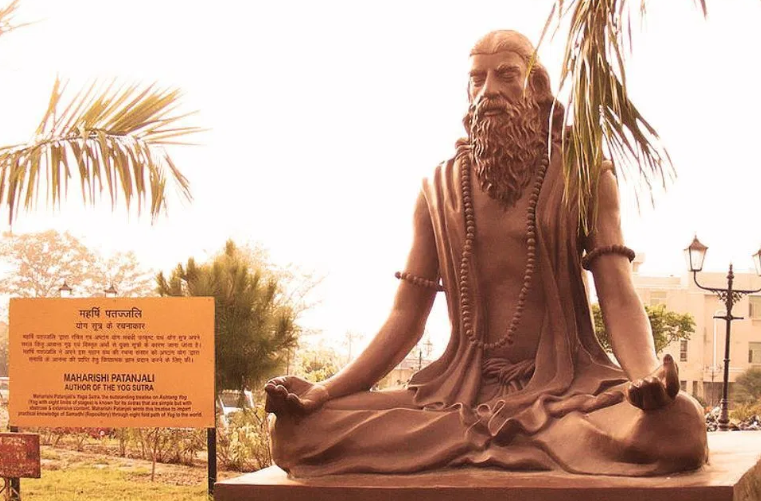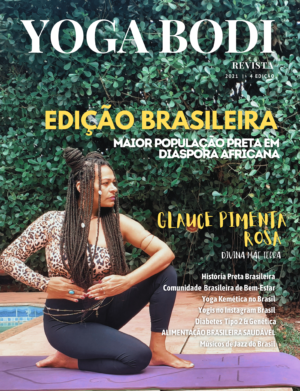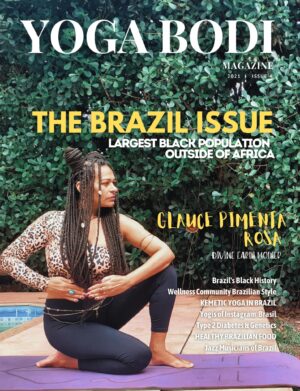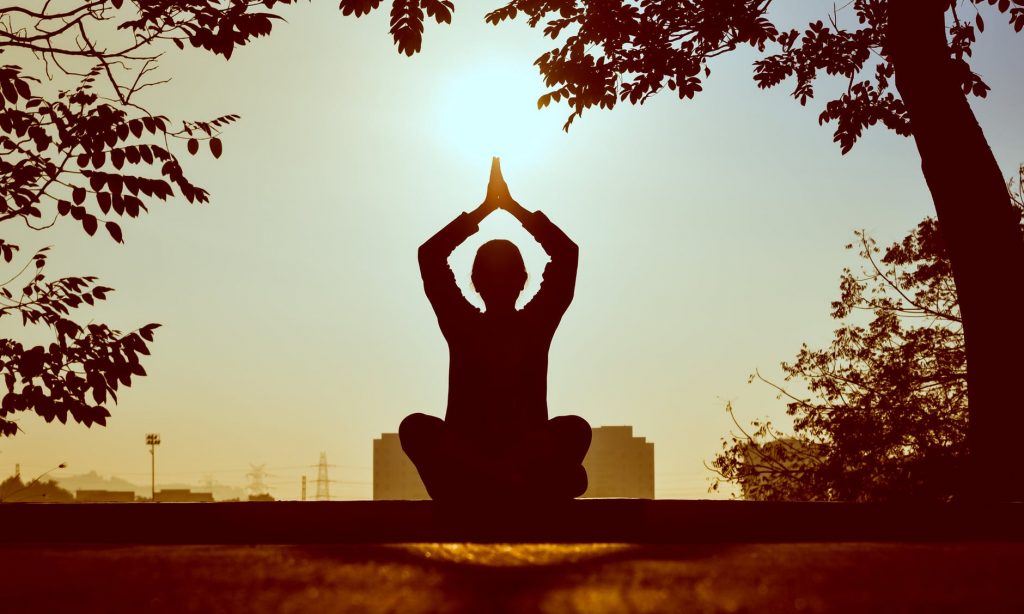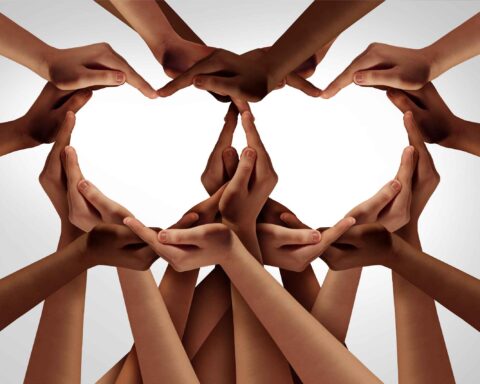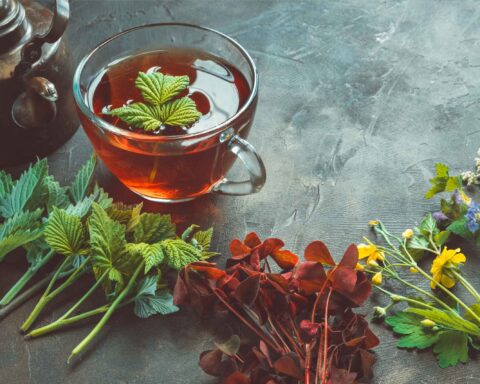The Traditional Schools of Classical Indian Yoga are; Patanjala-yoga, Dhyana-yoga, Jnana-yoga, Bhakti-yoga, Karma-yoga, Kundalini-yoga, Hatha-yoga, Mantra-yoga, Laya-yoga, Raja-yoga, Jain-yoga, Bouddha-yoga.
We will briefly discuss Patanjali- yoga and the others branches will be discussed in future articles.
Maharishi Patanjali, has been considered ‘the father of Yoga’. Not much is known about Patanjali or which period of time he lived. Speculation suggests Maharishi Patanjali to have created the ‘Yoga Sutras’, the most widely used and followed resource for Yoga, may have been written anywhere between 200 and 500 B.C. However, the practice of breath control, physical yogic postures, meditation and body, mind, spirit philosophy, are also known to have been practiced much earlier on the continent of Africa.
Maharishi Patanjali was known supremely for his knowledge on healing; connecting the mind, body, spirit and nature in healing illness in people. He applied his philosophical doctrine and a physical body mechanics practice to rid the body of dis-ease and empower the person with the opportunity to heal themselves by knowing themselves more intimately and their connection to all things.

Patanjali’s Yoga Sutras were created in 4 chapters with a total of 196 Sutras.
The first chapter includes 51 Sutras and is called Samadhi Pada, the blissful state of living. Being in the non-physical realm, completely unencumbered by the self, the ego, the me, the I. The goal is attaining Kaivalya; a liberation from the mindless chatter, detachment from yourself, a complete isolation, where the mind is silent and a connection with the divine is made. It takes great masterful concentration for this to occur. It is the ultimate in meditative states of awareness.
The second chapter includes 55 Sutras and is called Sadhana Pada, the path of practice. There are two paths to this; Kriya Yoga and Ashtanga Yoga also known as 8-Limbed Yoga.
The understanding is that Kriya Yoga, is to activate with intentional attempt to be studious and committed to mindful self analysis and research and study traditional texts on the subject to attain insight and wisdom in order to gradually diminish suffering and reach the state of bliss known as Samadhi. Patanjali illustrates the steps necessary to attain such a state;
- Tapas Perseverance, stamina and surrender
- Swadhyaaya Self-analysis, and awareness of the self
- Ishwara Pranidhaana Love and dedication to the Divine
Patanjali’s Ashtanga yoga, the 8 limbs of Yoga, is an eight part network that consists of; Yama (Universal Morality), Niyama (Self Discipline), Asana (Physical postures), Pranayama (Mastering the Breath), Pratyahara (Detachment), Dharana (Command over self, Concentration), Dhyana (Focused Meditation), Samadhi (Self-realization, Re-union with the Divine).
The third chapter is Vibhuti Pada with 56 Sutras, and it means to realize, to manifest once achieving samadhi; losing attachment to earthly woes within mind, previous lives, psychic imprints – samskaras and imprinted emotions – kleshas , nature and nurture programs – karma and habits – vasana. Lifting of the veil, to reveal the true state of being, and allowing untruths to drop away, removing all ignorance.
Vibhuti is primarily experienced in the higher realms of spiritual consciousness where the person is emancipated from humanity and instead they experience that of the divine, the super natural, in their merging and attainment of the 8 limbs of Yoga.
Kaivalya Pada means liberation and is the fourth chapter with 34 Sutras. It reflects on a deep inner standing of the self through solitude but without separation between oneself and others. It is a short but profoundly interesting chapter on how Patanjali theorizes that the state of consciousness at this juncture, when the self is emancipated from the self, and what is experienced.

